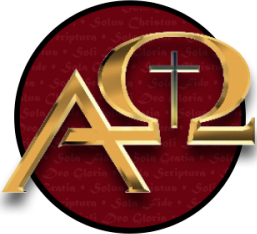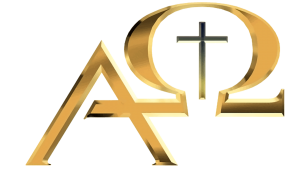The LDS Church answered the next two questions submitted to them with the same words:
Q: If so, does the Church believe that God lives on a planet named Kolob?
Q: Where is the planet Kolob? What significance does the planet have to Mormons?
A: ‘Kolob’ is a term found in ancient records translated by Joseph Smith. Joseph Smith did not provide a full description or explanation of Kolob nor did he assign the idea particular significance in relation to the Church’s core doctrines.
God does not live on a planet named Kolob. The Book of Abraham indicates that Kolob is the name of the star “nearest unto” God, leading most to believe that it is the star around which the planet upon which Elohim, God the Father, lives.
If two things exist, and there be one above the other, there shall be greater things above them; therefore Kolob is the greatest of all the Kokaubeam that thou hast seen, because it is nearest unto me. (3:16)
 Likewise, Kolob is mentioned in the single most embarrassing portion of LDS Scripture, the “explanations” provided by Smith of various images he inaccurately “restored” from the Egyptian funerary papyri in his possession. This is from Facsimile #2, which likewise is the source of our tract, “Min is Not God,” found here. In the explanation of this Egyptian hypocephalus, a common element of funerary documents, Smith wrote:
Likewise, Kolob is mentioned in the single most embarrassing portion of LDS Scripture, the “explanations” provided by Smith of various images he inaccurately “restored” from the Egyptian funerary papyri in his possession. This is from Facsimile #2, which likewise is the source of our tract, “Min is Not God,” found here. In the explanation of this Egyptian hypocephalus, a common element of funerary documents, Smith wrote:
Fig. 1. Kolob, signifying the first creation, nearest to the celestial, or the residence of God. First in government, the last pertaining to the measurement of time. The measurement according to celestial time, which celestial time signifies one day to a cubit. One day in Kolob is equal to a thousand years according to the measurement of this earth, which is called by the Egyptians Jah-oh-eh.
Fig. 2. Stands next to Kolob, called by the Egyptians Oliblish, which is the next grand governing creation near to the celestial or the place where God resides; holding the key of power also, pertaining to other planets; as revealed from God to Abraham, as he offered sacrifice upon an altar, which he had built unto the Lord.
In reality, it was obviously important enough for Smith to include it in what is actually a defense of his alleged prophethood (which is what the Book of Abraham was in its day), and if, in fact, Kolob is the very location of the physical body of the exalted man known to Mormons as Elohim, God the Father, how could this be anything less than very important indeed, a divine truth known only to those who follow Mormonism? Once again, the LDS Church seems to believe these “truths of latter-day revelation” with something less than great joy, to be sure!
Q: Does the Mormon Church believe that God and Mary had physical sex to conceive Jesus?
A: The Church does not claim to know how Jesus was conceived but believes the Bible and Book of Mormon references to Jesus being born of the Virgin Mary.
I will not invest time re-posting all the material posted recently documenting the truth on this topic. You can start that series here. Suffice it to say that this response is significantly less than forthcoming, and once again, one must wonder why, if, in fact, latter-day revelation is actually true?
Next, the LDS Church gave the same answer to two questions:
Q: Does the Mormon Church believe Jesus appeared in North America after his crucifixion and resurrection?
Q: If so, when did this happen? And under what circumstances?
A: The appearance of Jesus in the Western Hemisphere shortly after his resurrection is described in the Book of Mormon. Mormons believe that when Christ told his disciples in the Bible He had other ‘sheep’ who should receive his message he was referring to those people in the Western Hemisphere.
One of the more accurate, if amazingly brief, responses offered. But it is important to note that there is a strong trend in Mormonism away from the historical view of Joseph Smith (i.e., that the Book of Mormon story took place all across North America) to a much more limited view that allows the Church to abandon the essence of the Smith story: that the Indians, as a whole, are the descendants of the Lamanites, and are hence of Jewish stock. We noted a few weeks ago that the LDS Church had made a statement allowing for the “Lamanite” element of the genetics of the American Indians to be just a small portion of their actual heritage, signalling that Salt Lake well knows the difficulties inherent in their historical beliefs. (continued)




